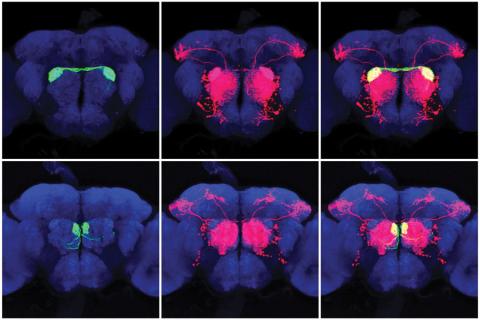Neurons are the basic structural and functional units of the nervous system, and they are interconnected via synapses to form neural circuits.
The concerted activities of neurons within circuits underlie all brain functions, including perception, cognition, and generation of behavior. However, our limited ability to specifically label neurons within circuits across synapses poses a major obstacle to understanding the workings of the brain.
Professor Gilad Barnea is leading a team of researchers who have been developing trans-Tango, a new method for trans-synaptic labeling that combines molecular genetics and cellular signaling to translate physical contacts between neurons at the synapse into gene expression.
The design of trans-Tango is modular, and it can be used to trace synaptically connected neurons within circuits or to selectively manipulate their functions. Because changes in circuit structure and function underlie most neurologic and psychiatric disorders, trans-Tango is essential for gaining deeper understanding of normal brain function, and it has major translational importance.
